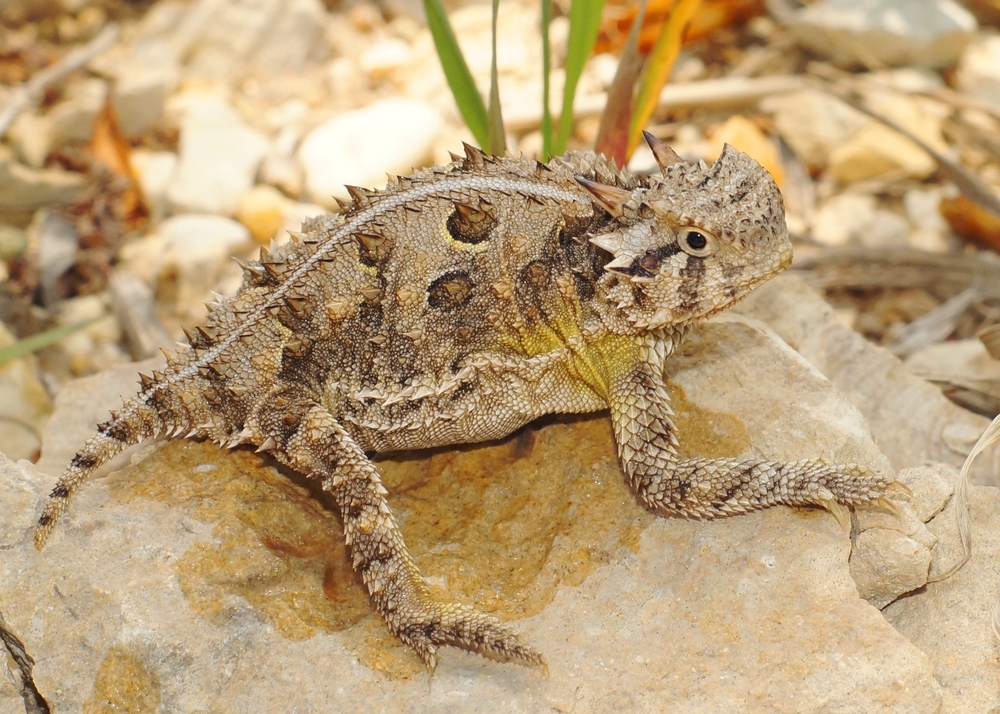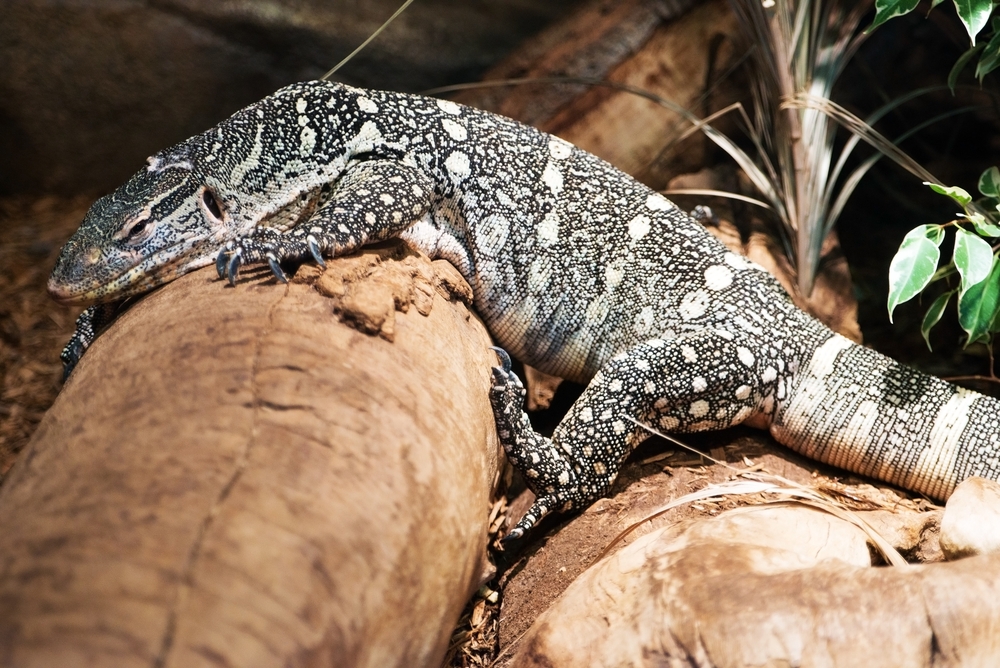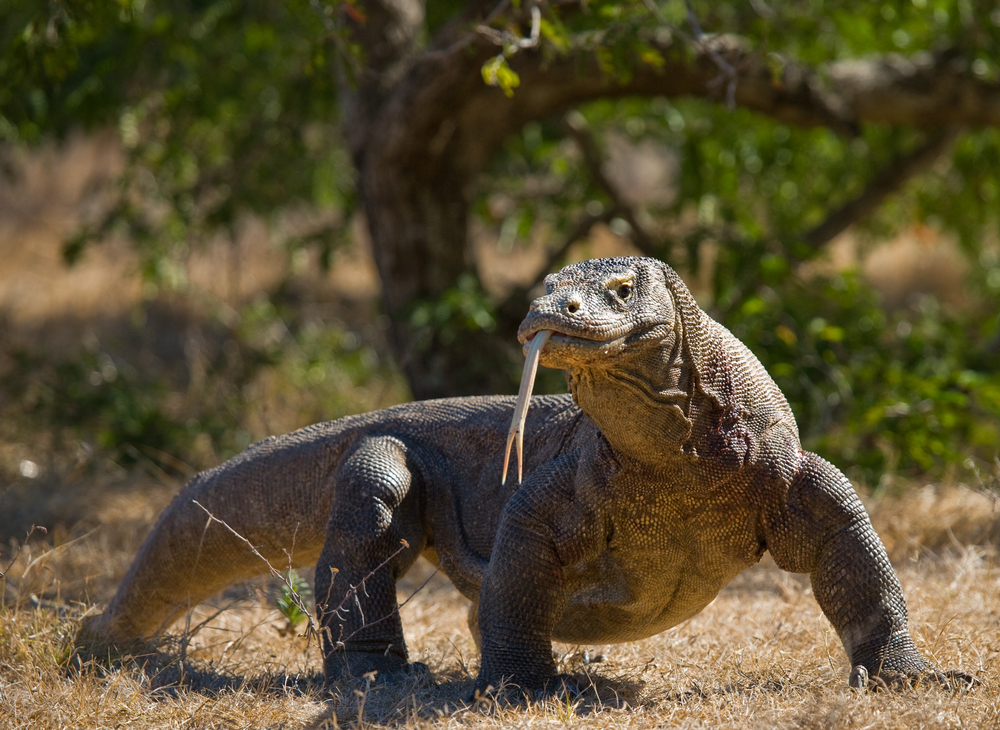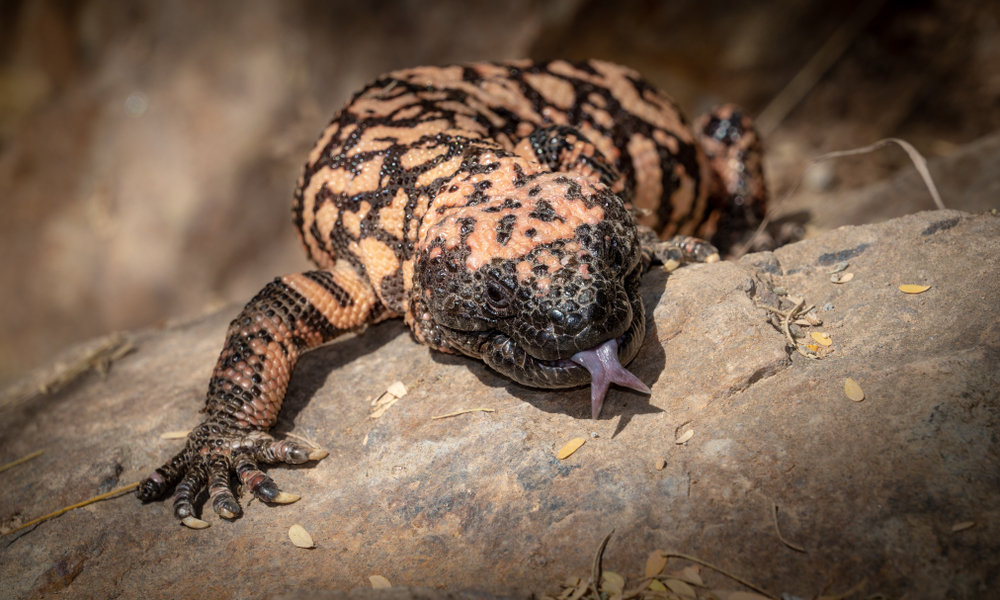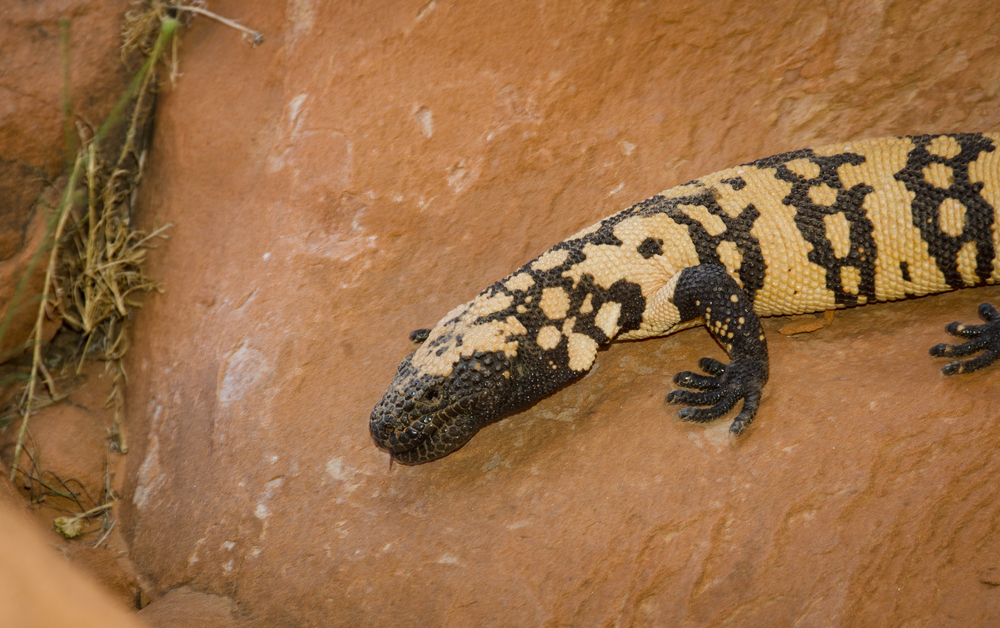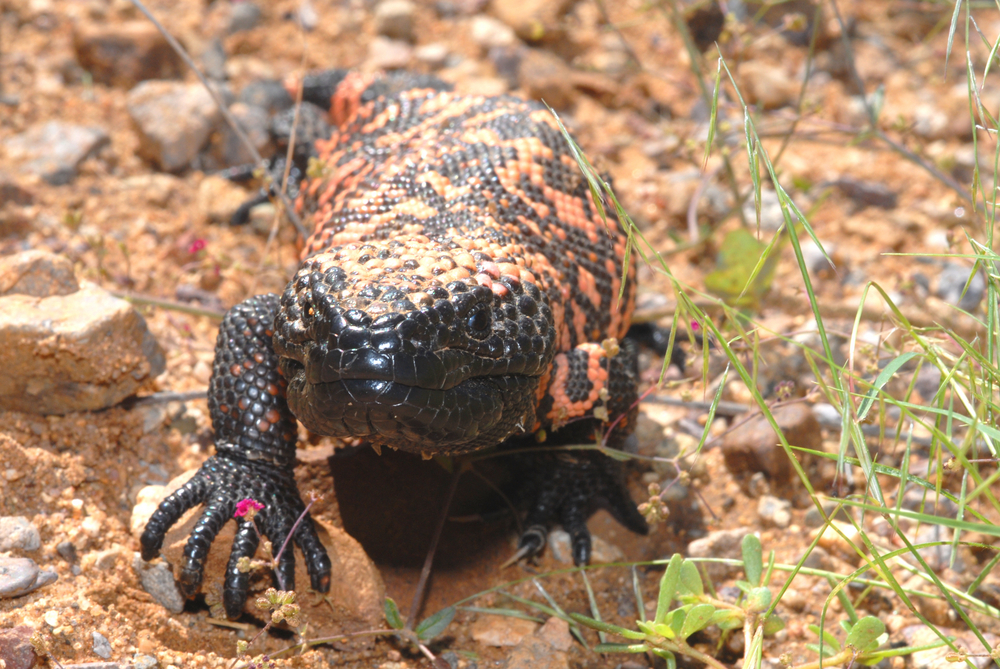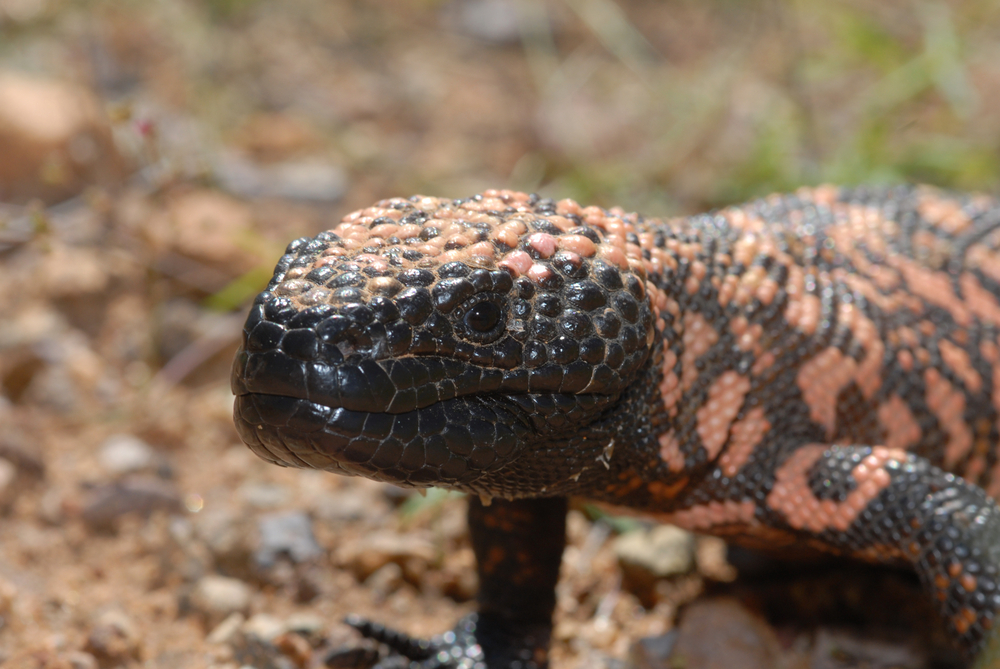Gila Monsters are indeed venomous, not poisonous. The distinction between venomous and poisonous is important in biology. A venomous animal injects toxin into another organism using a specialized mechanism (like fangs or stingers), whereas a poisonous animal releases toxins when another organism ingests or touches it.
In the case of the Gila Monster (Heloderma suspectum), it possesses venom glands in its lower jaw. When it bites, the venom flows along grooves in the teeth into its target. The Gila Monster’s bite is a defensive mechanism and is rarely fatal to humans, but it can be extremely painful. The venom can cause swelling, nausea, and even temporary paralysis. Due to their slow-moving nature, Gila Monsters typically use their venom for self-defense rather than for hunting prey.
It’s important to note that Gila Monsters are generally not aggressive and will only bite if provoked or threatened. They are a protected species under U.S. law, largely due to their declining numbers and habitat loss. As such, they should be respected and left undisturbed if encountered in the wild.




































































